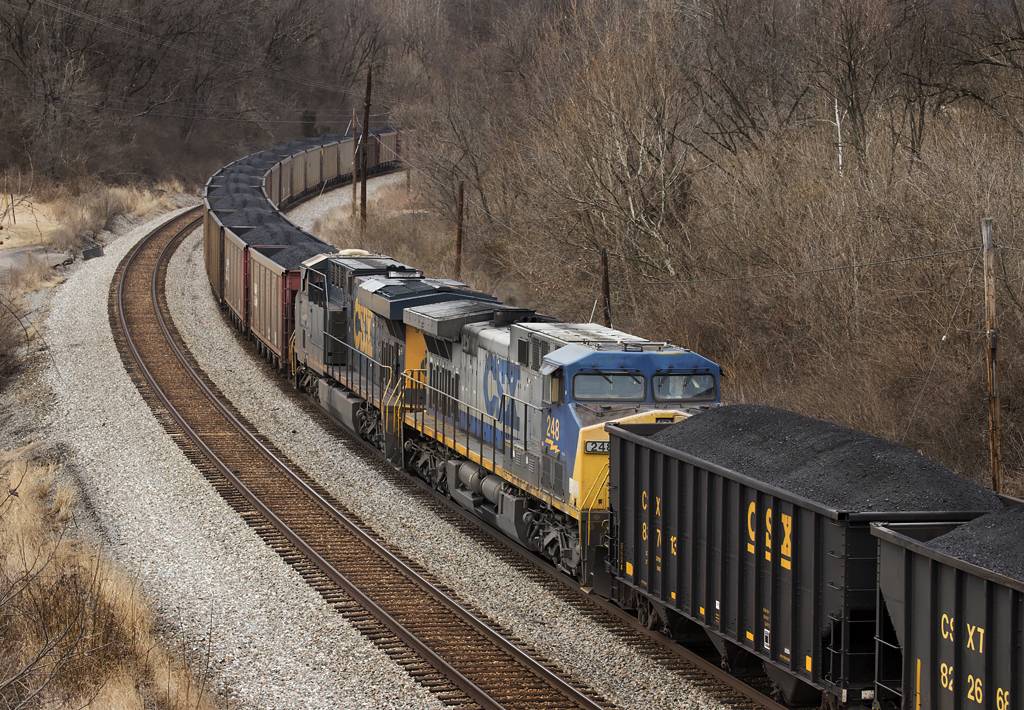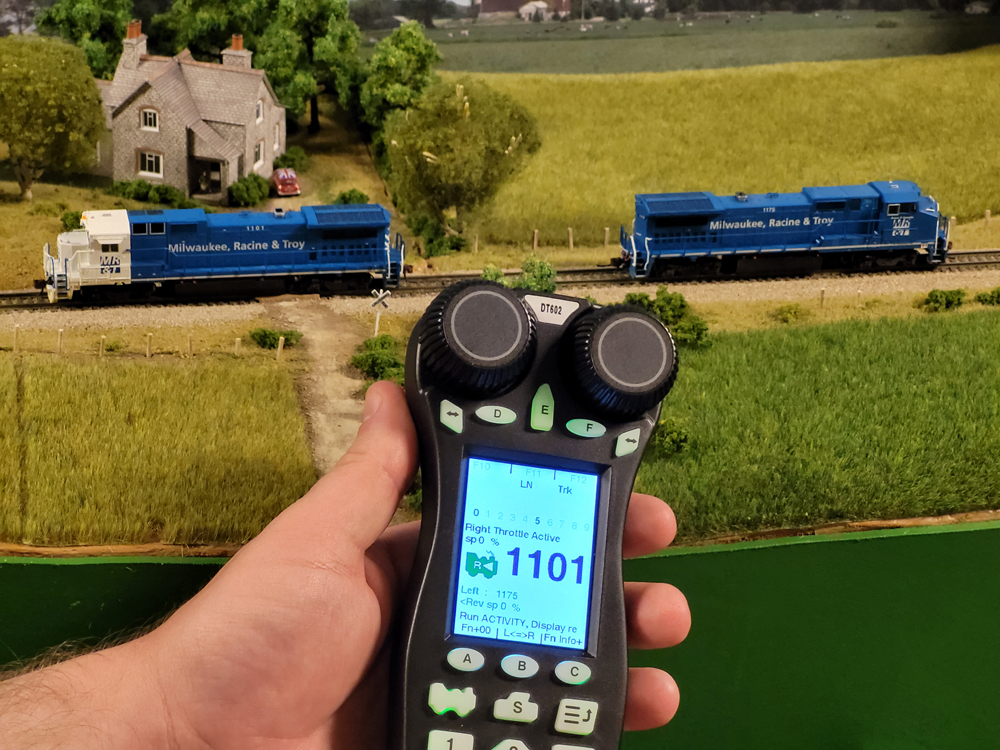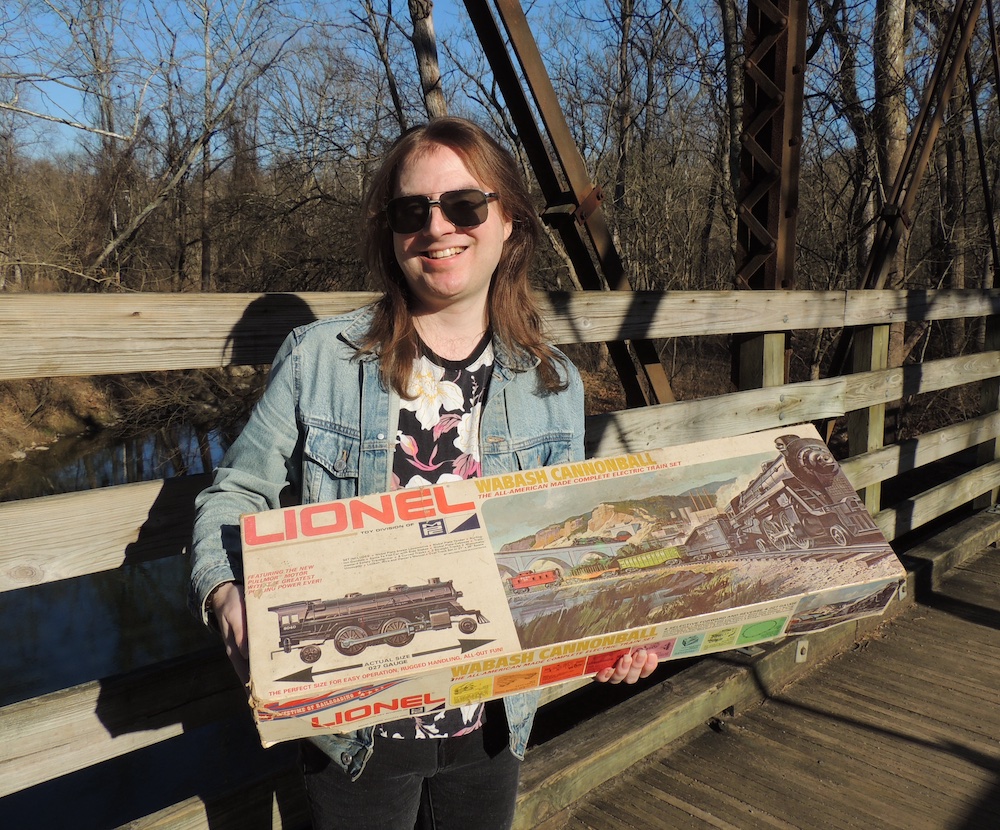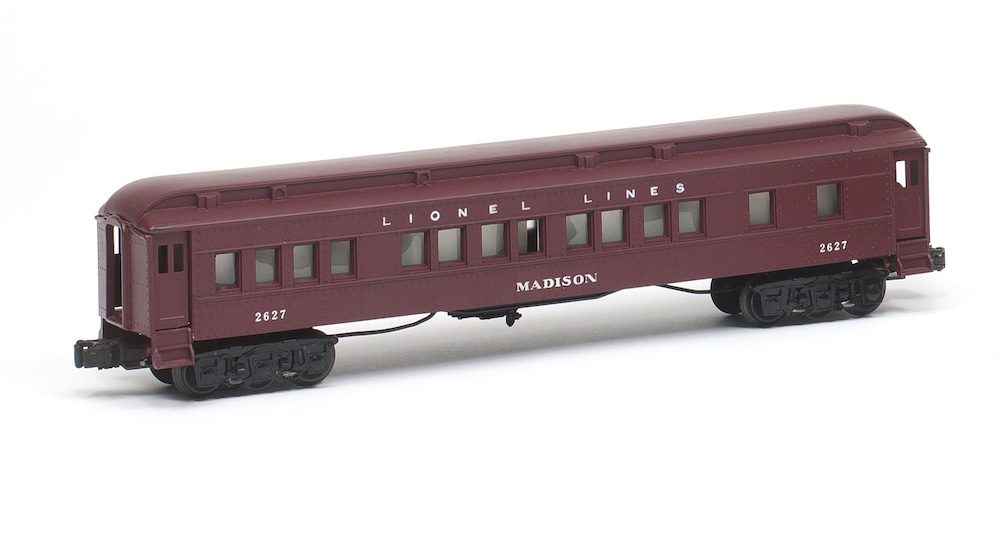
Distributed Power 101
Modern railroads are one of the most efficient modes of transporting freight across long distances. Occasionally in railroad freight service, the need will arise for multiple locomotives to efficiently transport freight. But where in this hypothetical freight train should the locomotives be placed? Distributed Power (DP) is an operating practice where locomotives are placed intermittently at one or more locations in the train as opposed to a conventional motive power consist, where all power is placed at the head end. Each consist in a modern DP-equipped train is remotely controlled in unison or independent of the head-end consist by the engineer in the cab of the lead locomotive.
While Distributed Power is the modern term, the concept has gone by many names over the decades depending on the railroad or location, with terms such as RCL (Remote Controlled Locomotive), robots, and slaves being used over time. Distributed Power has been operated using radio commands since the 1960s, when Southern Railway developed this technology, adopting an early form of Locotrol that was first developed in 1960 by North Electric Co., and later acquired by Harris Controls Systems Division of Harris Corp., predecessor of GE-Harris Railway Electronics. Originally, the electronics were placed in ballasted, M.U.-equipped boxcars as the receiver equipment was too bulky to generally fit inside a standard diesel, whether in the cab or nose. Over time, the radio gear became small enough to fit into various locations inside a locomotive, with most of the functions being controlled by software. Today, numerous railroads worldwide have DP-equipped locomotives with thousands of systems in operation.
While the vast majority of today’s road locomotives have two-way DP equipment, in the early days only small percentages of a railroad’s motive power had the technology once its size had been reduced to fit inside a locomotive. The early technology was relatively primitive, with equipment only able to send or receive DP communications, not both. As a result, railroads would often use different ways to denote its specially equipped units. For example, railroads would use one number series for units equipped to lead DP consists and another number series for units equipped to be remote locomotives. For example, Southern Railway used white number boards with black numbers to denote locomotives equipped to lead DP trains.
One of the primary reasons railroads use distributed power is to reduce overall operating costs by operating longer trains with fewer crews. Coupler and drawbar strength are finite, so by spreading motive power across one or more locations in the train, the maximum tonnage that can be hauled is increased. Trains using DP also benefit from having reduced in-train forces being applied along with faster brake application and releases, since DP consists mimic the brake application and releases of the lead consist. This also reduces the risk of derailments and damage caused by excessive slack action in long trains featuring conventional locomotive consists with all power at the head end.
Modern railroads have strict requirements on DP locomotive placement and have values assigned to each road locomotive according to its pulling force. These values allow for the placement of the correct amount of pulling force in the train to reduce the chance of a derailment. Placement restrictions are also enforced, with different railroads requiring DP placement at different locations based on many factors, including whether a train is loaded or empty, or if the train is all intermodal equipment. Other railroads use a percentage of the total train length or the positioning of certain types or weights of freight cars near the DP consists to determine placement.
Read Trains’ September 2010 issue for more information and history on distributed power.

How does this play into model railroading?
Since distributed power has been in common use on railroads since the 1960s, you might be interested in implementing this practice into your own model railroad depending on the era you model. Just like the real thing, adding a distributed power unit can also improve your freight train’s overall performance, including acceleration and speed control. You’ll also be able to pull more cars and reduce stress on your model’s couplers.
First, you will need to place multiple locomotives throughout your train, whether in the middle, near the end, or as pushers on the rear. Then, you’ll need to consist them together, so they operate in unison with your lead unit. Consisting, the ability to control multiple locomotives as a single unit, is achieved by assigning each unit in the consist a unique address, then linking them together in the DCC system. It is useful for model railroaders who want to run longer trains with multiple locomotives working together and to achieve more realistic operations.
When operating a consist of multiple locomotives, it is important to ensure that each locomotive run at the same speed as the others. Even the slightest variations between models can cause jerky or uneven movement, resulting in your train derailing and breaking couplers. If your locomotives are not speed-matched, there are tutorials explaining how to do this within your DCC system.
To create a consist, you must first select the locomotive you want to lead the train. This is done by acquiring the road number of the unit. Then, link the locomotives together using a DCC system, usually by pressing a “consist” command on the controller to group the locomotives. Once they’re linked in a consist, the system treats them as a single unit, allowing you to control all the locomotives together. This means that you control the speed, direction, and other functions of the entire consist with a single command.
So, the next time you’re operating, be it on your own layout or at a model railroad club or a friend’s layout, try operating middle and end locomotives on your freight trains as distributed power. It’s fun, looks prototypical, and can enhance the operation of your freight trains.
Updated from its original version on April 5, 2023, by Train.com staff and contributors: Lucas Iverson, Chris Guss, and Scott Hartley.














For what it’s worth, my experience in N-scale is to not consist my DPUs with the lead engines. I toggle (NCE) between lead and DPUs depending on slack action. When entering a grade lead requires more power than DPUs until later. Leaving a grade is somewhat visa-versa. Train behaves similarly to the prototype. I have about 3% ruling grade. My experience in HO is different. I consisted both and no problem.